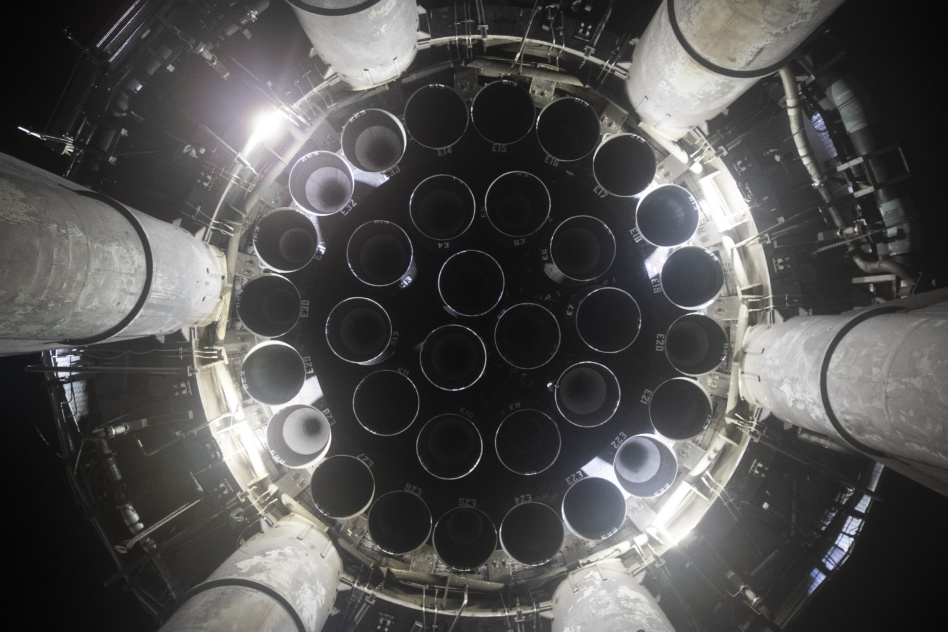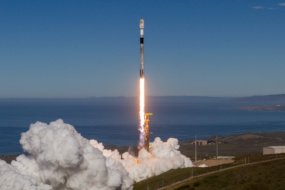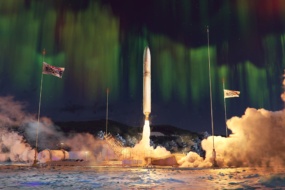On Thursday, SpaceX conducted a full-duration static fire test of 31 Raptors on Starship’s massive first-stage booster. It was SpaceX’s first attempt at simultaneously firing all 33 engines on Super Heavy, said booster, from the Orbital Launch Mount in Starbase, TX.
The test set a new world record for thrust, as noted by NASASpaceFlight’s Chris Bergin.
Why 31 Starship engines and not 33?
SpaceX turned off one engine before the test and another shut itself down after igniting. Not to worry: 31 engines is enough to reach orbit, per Elon.
Starship’s chosen ones?
The affectionately named Booster 7 and Ship 24 have together completed key testing milestones in recent months. Will the two peas in a pod make it to the launchpad for an orbital attempt? Who’s to say.
Regardless, the booster and ship that make the first orbital attempt, like so many boosters and ships that came before, will be sacrificial lambs. They’ll be expended (and/or destroyed), and meticulously studied, in service of the greater Starship program and quest for full rocket reusability.
About that Starship checklist
✅ Last November, 14 of the booster’s Raptors ignited for a full-duration static fire test (2x the amount previously tested).
✅ On Jan. 18, SpaceX performed a cryogenic proof test on the fully stacked Starship.
✅ SpaceX conducted a wet dress rehearsal on Jan. 23, loading Starship with 10M+ lbs. of propellant.
✅ Next, SpaceX destacked Booster 7 and Ship 24 with launch tower chopsticks on Jan. 25.
✅ The launcher ran a full static fire test of nearly all 33 Raptors ← YOU ARE HERE
🔲 Finalize thermal protection system and any other hardware refinements on Ship 24
🔲 Restack Booster 7 and the ship
🔲 Obtain launch license from the FAA
🔲 Launch
What’s next for Starship?
SpaceX will need to assess what, if any, damage there was to its launchpad and flight hardware. While Starship still has some steps on its checklist before SpaceX can attempt to yeet, Thursday’s test bodes well for the ~approximate~ timeline for an orbital flight attempt (OFT) in the near future.
Let’s hear from you
When will Starship take flight? The last time we asked you this—June 2022—only 13% of readers correctly predicted that Starship’s launch would happen from 2023 onwards. Half of respondents predicted a launch in July, August, or September, and 37% predicted a fall ’22 launch. With that in mind, we ask again: “When will Starship take flight?” Cast your vote here.




